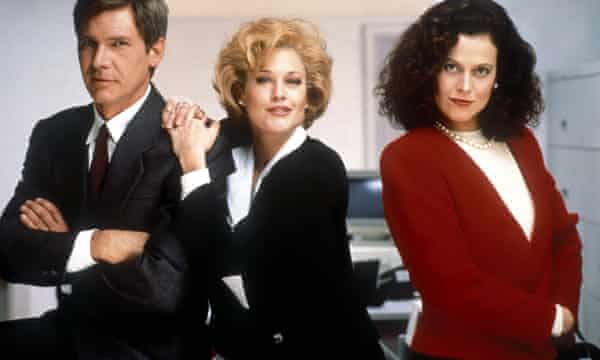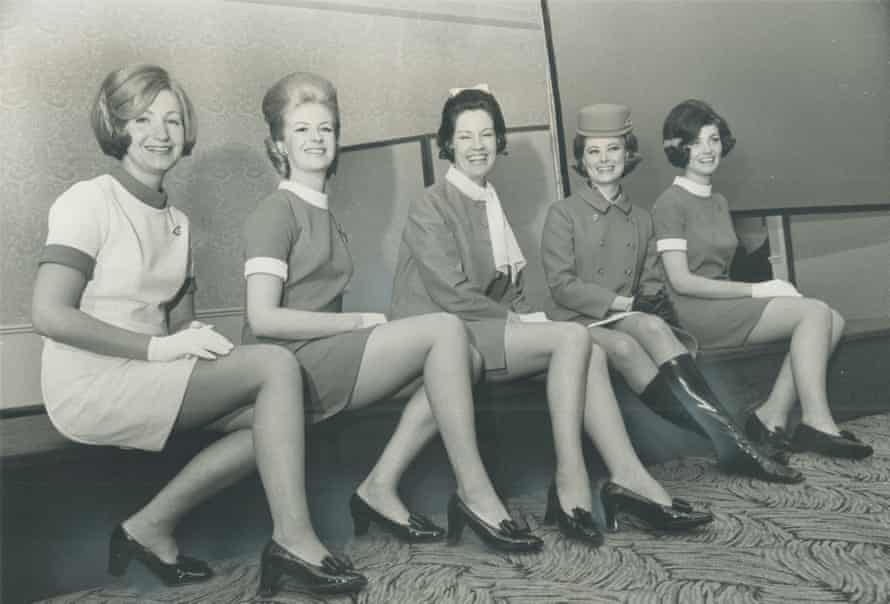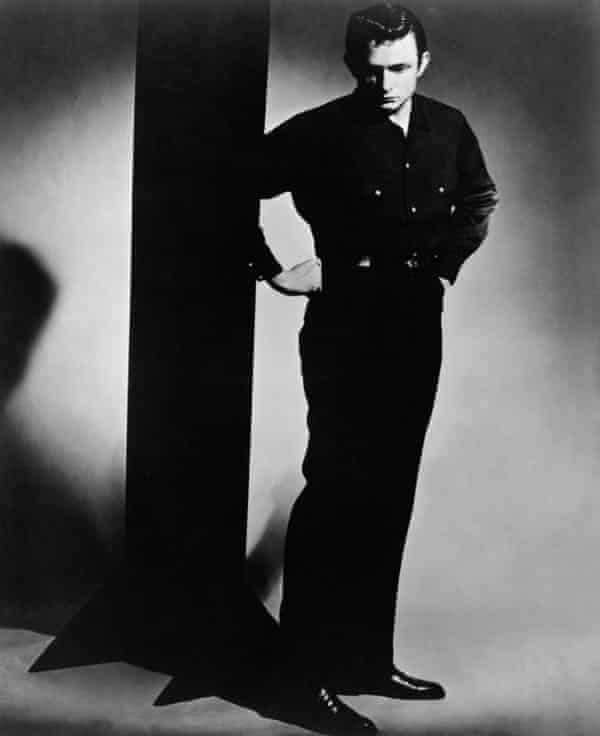It is a white linen suit that Perry Seymour misses the most. “It serves so many purposes, but always reminds me of summer nights,” he says.
Slim-fitting and miraculously stain-free, it is what he wore in the garden to celebrate his 55th birthday last July. Not that anyone saw it. “I never thought I dressed for anyone else, but I’ve found, without occasions or parties, I have no motivation to get dressed at all. These days, I don’t wear trousers unless I leave the house.”

Working as a humanitarian development consultant from his London home since March, Seymour has not just missed parties or dinner with friends; he yearns for the theatre surrounding them, too – the grooming rituals, the dressing up, the pre-going-out part. “Getting dressed up is a big part of it and I feel like I have lost a piece of my identity, something I have cultivated,” he says. “Of course, there is a freedom that comes with caring less – and my bank account is full again. But sometimes I feel that I don’t look good. Because when there is no one to look good for apart from the person you’ve been trapped inside with, why would you bother?”
A year of Covid restrictions has passed. Regardless of where you spent that year – working around the kitchen table, isolated with loved ones, sequestered in your usual workplace – a return to some semblance of our former lives will mean getting dressed again. Trends that have been specific to the year (tracksuits, video-call shirts) may soon have run their course. Makeup and sandals may make a cameo. Judging from the readers to whom we have spoken, many women may never wear a bra again.

But while leisurewear proved irresistible to some, others missed the spontaneous ways that clothes and life overlap: the relief of putting on slippers when you get in the front door. The aching discomfort of heels after a night out. A time when putting on a tie didn’t just symbolise work, but good health and normality.
“I always felt that clothes helped me get in the work frame of mind – a bit like Joan Collins in Dynasty with shoulder pads and pillar-box-red lipstick,” says Michelle Nolan, a 50-year-old senior manager, who used to have a very specific work uniform of dress, jacket, heels, jewellery and scarf.
She kept spare makeup in the car, spare shoes in the office and wore tights and shapewear every day. She used to follow the advice of an aunt who had been a flight attendant in the 60s: “Her phrase was: ‘Lippy on, tits out, girls,’ before the passengers boarded the plane.” Power dressing – and then some.
Since working from home last spring, she has worn only stretchy trousers and bright sweatshirts. “My formal gear didn’t feel right at home,” she says. “I wouldn’t feel appropriate to be in corporate attire roaring at [my family] to shut up.”

Jeanine Schalbetter, a 27-year-old divorce lawyer in Switzerland, had a similar epiphany when her work moved online. “I came to realise that I tend to dress up to impress others – even to intimidate them,” she says of her courtroom suits and silk blouses. “As soon as this became obsolete [when things moved online], I stopped playing dress-up. Now, all I care about is the quality and the feel of what I wear, which basically means oversize jumpers all the time,” she says. “I love it.” With hybrid working on the horizon, Schalbetter may never wear heels again.
Not everyone has had the luxury of using the pandemic to rethink the meaning of their clothes. For those in people-facing jobs, a sartorial code is generally required, even if the specifics tend to be trial and error.
A psychotherapist in her late 50s tells me she has five or six pairs of beautiful shoes languishing in her dusty cupboard, “which I used to wear because that’s the thing people usually look at”. “Now, because of Skype [she spends nine hours a day online], I have to think about my hair, my earrings or wearing a sympathetic neckline,” she says. She isn’t sure what that is exactly, but “it tends to be round”.

Gemma Reilly, a 37-year-old secondary school art teacher, has moved between classroom and remote teaching several times since last March. Initially, she wore the same sort of thing – a T-shirt, a jacket, sometimes an apron – until she became aware that it wasn’t just her students who were looking at her. “I needed to be appropriately dressed, because the parents can see you. That meant staying as covered up as possible,” she says. Beccy Hurrell, 39, a self-employed vocal coach, sidestepped the problem of uniform by getting hoodies branded with her name, which she now “lobs on” to teach. “It was for my sanity, really. The hoodies told me I was ‘at work’, which is necessary when you are absolutely not,” she says.
In some workplaces where formality is a requisite, video calls have been a great leveller. When Rosy Roche, 26, started working in parliament four years ago, she was “acutely aware of trying to look ‘grown up’ and be taken seriously by lots of men in lots of suits”. That meant a blouse, smart trousers or a dress. “I was self-conscious about looking as young and inexperienced as I felt,” she says. Now, she wears jeans and jumpers and keeps “emergency formalwear” to hand for last-minute meetings.
It took a while to get used to. “At first, it was bizarre seeing politicians in fleeces in online meetings – like seeing teachers out of school,” she says. “But when I returned to the parliamentary estate in December, I was shocked at how uncomfortable my work shoes were, after months of slippers and trainers.” Roche says they often discuss how bizarre it is to ask the prime minister questions from their kitchen, wearing a suit and tie on top, paired with jeans and slippers.

Bronwyn Cosgrave, the 54-year-old host of fashion podcast A Different Tweed, has seen her wardrobe go full circle. “With the pandemic’s onset, like so many people, I initially wore dark casuals – sweatpants, T-shirts, trainers. My philosophy was: ‘I do not want to waste my good clothes on a pandemic,’” she says. Cosgrave refers to this as her “Johnny Cash” moment – “wear black until things get better” – referencing Cash’s 1971 protest song, Man in Black. It didn’t last long, though. “After four months, I got bored and bought a Dries van Noten tracksuit.’”
Things changed for Cosgrave when she got the Covid jab. “Getting vaccinated prompted me to throw in the towel on pandemic dressing. I would describe my look now as casual chic. It’s high/low dressing – a little Dries, some Uniqlo,” she says. In effect, it is how she dressed before 2020. “I don’t know when I’ll be wearing Manolos. But the other day I wore some Jimmy Choo flats to visit my doctor and that felt good.”
As for the eternal reflection of video conferencing: “The only way I bear is to hide myself from myself in that little box,” says Seymour. “I just find it too distracting looking back at myself.”
This content first appear on the guardian
